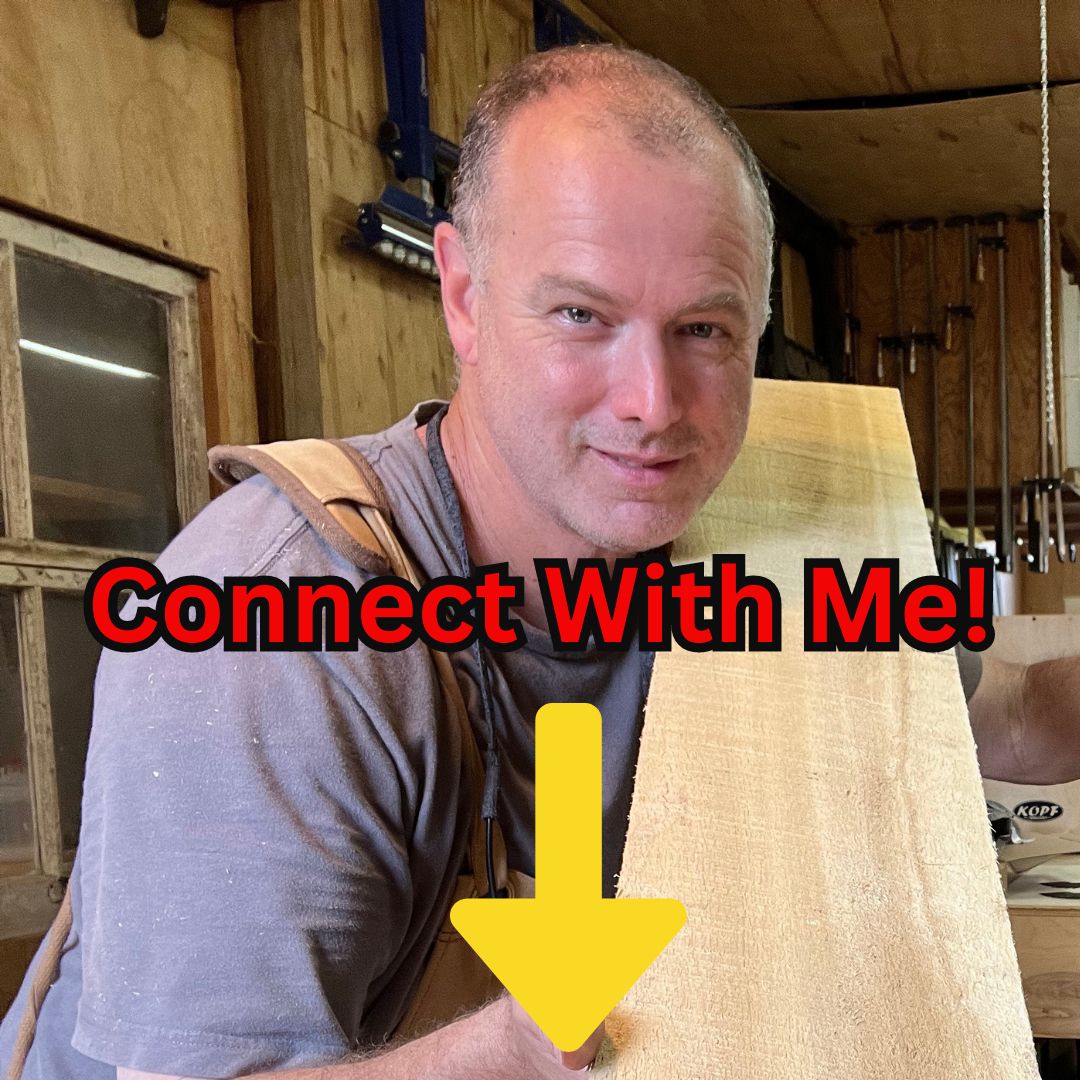Posted by Steve Head on 14th Jul 2024
The History of the Cuban Cajon: A Rhythmic Journey
As a percussion craftsman and enthusiast at Kopf Percussion, I’m constantly striving to deepen my understanding of the instruments I build. One such instrument that has a particularly rich and vibrant history is the Cuban cajon. While I am not a historian, I love researching and uncovering the roots of these instruments to share their fascinating stories with you. Today, I’d like to take you on a journey through the history of the Cuban cajon, exploring its origins, development, and significance in contemporary music.
Origins of the Cuban Cajon
The history of the Cuban cajon begins with the African slaves who were brought to the Caribbean and Latin America during the transatlantic slave trade. These enslaved Africans brought with them their rich musical traditions and a variety of percussive instruments. Due to restrictions imposed by colonial powers, many traditional African instruments were banned. In response, the slaves created new instruments using available materials, one of which was the cajon.
African Roots
The cajon’s roots can be traced back to various African drums and percussion instruments. African musical traditions emphasize rhythm and percussive elements, which played a crucial role in the cultural and religious practices of the enslaved people. In Cuba, these traditions merged with Spanish and indigenous influences, leading to the creation of new musical forms and instruments.
The Birth of the Cajon
The word "cajon" literally means "box" or "crate" in Spanish. The earliest cajons were simple wooden boxes or crates that were repurposed as drums. These makeshift instruments were used in rumba, a genre of Afro-Cuban music that developed in the late 19th century. The cajon became an essential element in the percussion sections of rumba ensembles, providing a deep, resonant sound that complemented other instruments like the congas and bongos.
Development and Evolution
Over time, the design and construction of the cajon evolved. What started as a simple wooden box transformed into a more sophisticated instrument with improved acoustics and playability.
Design Innovations
The traditional Cuban cajon is typically made from hardwood, with a front playing surface (tapa) that is either glued or screwed to the body. Some cajons feature internal snare wires or rattles to create a buzzing effect, adding to the instrument’s versatility. The shape and size of the cajon also evolved, with some models designed specifically for different styles of music.
Integration into Various Music Genres
While the cajon originated in rumba, it quickly found its way into other Afro-Cuban music genres, such as son, mambo, and salsa. Its adaptability and distinctive sound made it a popular choice for musicians looking to add rhythmic complexity to their performances. The cajon’s influence eventually spread beyond Cuba, becoming a staple in Latin American music and even finding a place in flamenco music in Spain.
The Cuban Cajon in Contemporary Music
Today, the Cuban cajon is celebrated worldwide for its rich history and unique sound. It is used in a variety of musical genres, from traditional Afro-Cuban music to modern fusion styles. At Kopf Percussion, I take pride in crafting cajons that honor this tradition while incorporating modern techniques and materials to enhance their performance.
Crafting the Cuban Cajon
Crafting a Cuban cajon involves selecting high-quality hardwoods and meticulously shaping and assembling the components to achieve the desired sound. The choice of wood significantly impacts the tonal qualities of the cajon. For example, mahogany and cedar are known for their warm, resonant tones, while birch and maple produce a brighter, more articulate sound.
Playing Techniques
The beauty of the Cuban cajon lies not only in its construction but also in the playing techniques used to bring it to life. Traditional playing involves striking different parts of the tapa with the hands to produce various tones, from deep bass notes in the center to sharp, snappy slaps at the edges. Musicians often incorporate heel and palm strikes to create intricate rhythms and patterns.
Conclusion
The history of the Cuban cajon is a testament to the resilience and creativity of the African slaves who created it, and to the enduring cultural exchange that has shaped music across the globe. From its humble beginnings as a simple wooden box to its current status as a versatile and beloved percussion instrument, the Cuban cajon continues to inspire and connect musicians everywhere.
As I continue to craft cajons at Kopf Percussion, I am reminded of this rich history and the importance of preserving and celebrating the cultural heritage that these instruments represent. Whether you are a seasoned percussionist or just beginning your musical journey, I hope this exploration of the Cuban cajon’s history has inspired you to appreciate and explore its unique rhythms and sounds.
Thank you for joining me on this journey through the history of the Cuban cajon. Stay tuned for more insights and stories from the world of percussion.
As an Amazon Associate, I earn from qualifying purchases. This means that if you click on the link and make a purchase, I may receive a small commission at no extra cost to you. This helps support my work in providing quality content. Thank you for your support!



